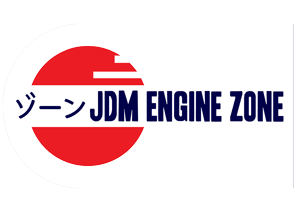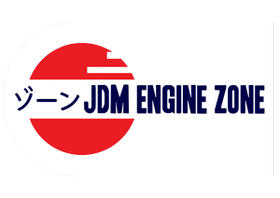How Nissan Managed to Stay Competitive in US Market Since 70s
How Nissan Managed to Stay Competitive in US Market Since 70s

In the 70s, Japanese car companies started exporting to USA markets and drastically changed the automotive industry. They brought a new level of engineering and technology to the market at affordable prices. However, only a few car brands managed to survive the competition in the United States. One of the brands that stayed competitive and even grew in popularity is Nissan. In this post, we'll explore how Nissan managed to stay competitive in the US market since 70s.
Innovation and Quality

Nissan has always been a company focused on innovation and quality. The brand started pushing forward new technologies such as safety features, and electronic fuel injection. This provided superior performance in comparison to its competitors, while also standing out from the crowd. They further showed their commitment by creating a Quality Control Center in Japan, which was a first in the automotive industry. This center was responsible for all quality assurance checks for every model Nissan rolled off the assembly line.
Diversification

Nissan diversified its offerings to cater to the needs of the US market. They introduced more sporty models, trucks, sedans, and even luxury cars, giving consumers more options. Brands that failed to diversify their offerings had a tendency of getting left behind, but Nissan wasn't one of them.
Strategic Marketing
Along with innovation and quality, Nissan improved its marketing strategies and focused on the US market's needs. The company ran several successful campaigns such as the "Datsun June Deal," which targeted first-time car buyers, and in the 90s, they launched the "Enjoy the Ride" campaign, which highlighted the enjoyment of owning a Nissan. At the same time, they had a strong sales network that provided consumers quick and easy service, which boosted their reputation even further.
Partnership with Other Automotive Brands

Mercury Villager was a joint venture between Ford and Nissan, which was designed to compete against Chrysler and General Motors vans.
Nissan partnered with other companies to provide superior vehicle performance by sharing technology, engineering, and manufacturing processes. In the 80s, they partnered with Ford to produce the controversial Mercury Villager, an early minivan. In the 90s, Nissan partnered with Renault, a French car company, which resulted in the introduction of several new models, including boosting electric cars and luxury brands.
Keeping Up with Trends

Qashqai is a great example of Nissan keeping up with the trends of the North American Automobile market.
Finally, Nissan always kept itself up-to-date with evolving market trends. They introduced several models of electric cars to cater to consumers' growing awareness of environmental issues. At the same time, the brand also brought several autonomous driving features that enhanced their vehicles and set them apart from competitors.
In conclusion, all of these factors helped Nissan stay competitive and develop its brand over the years. The brand's focus on innovation, quality, diversification, strategic marketing, partnership with other automotive brands, and keeping up with trends allowed them to remain relevant and increase their popularity. From their futuristic models such as the GTR and Z series to their dependable family cars, Nissan has successfully catered to a vast range of consumers. Moreover, the brand has stayed true to its Japanese roots without sacrificing American trends, solidifying its place in the US auto industry for decades to come.




